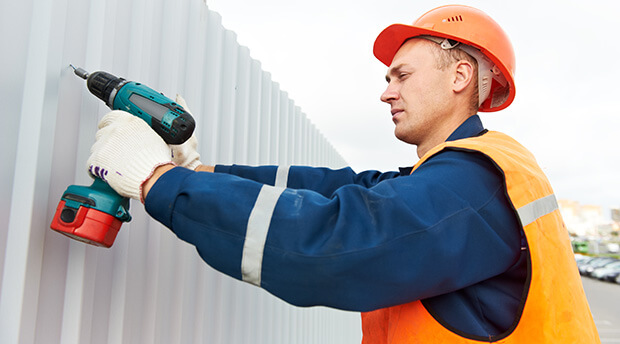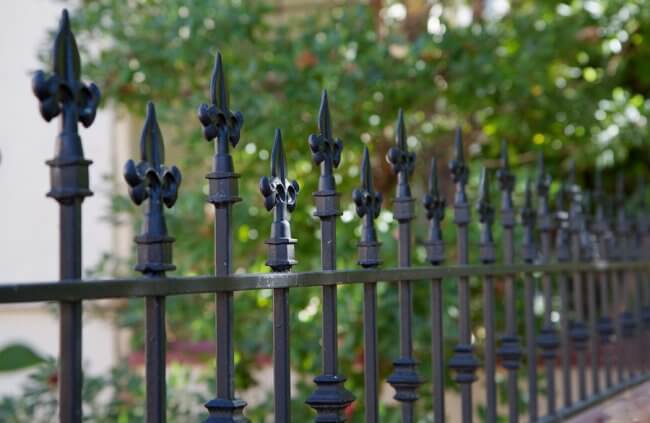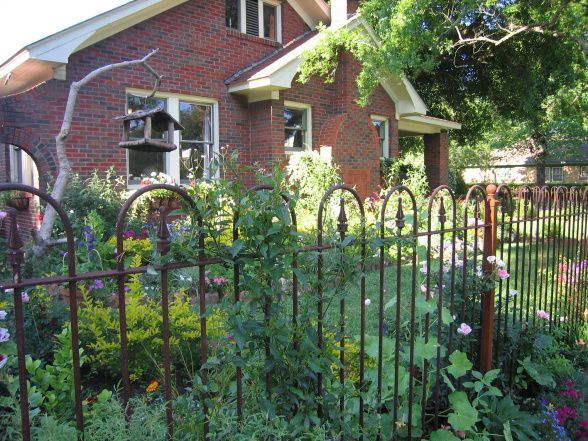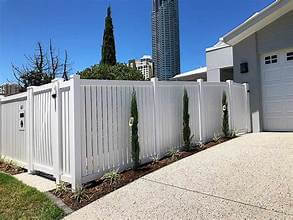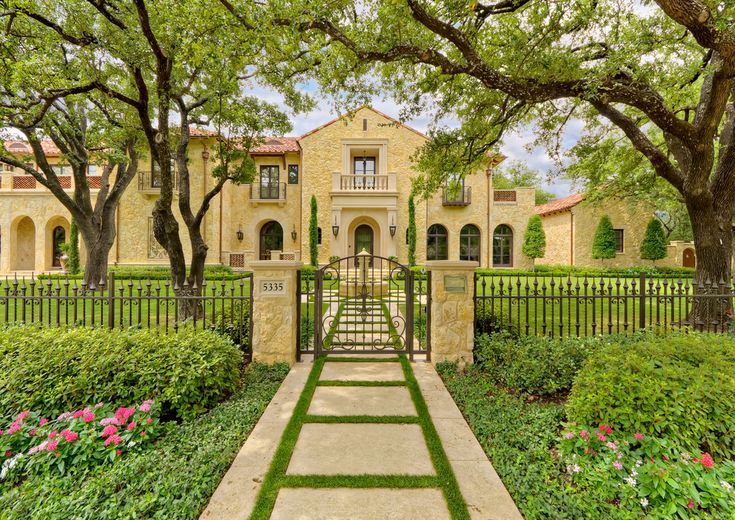Choosing fencing in arid environments requires considering durable materials like metal or vinyl, and ensuring proper installation to withstand dry conditions and potential sandstorms. In arid environments, fencing plays a crucial role in providing security, privacy, and protection from harsh weather conditions.
With the right fencing, property owners can achieve functionality and aesthetic appeal while mitigating the challenges of the arid climate.
It’s essential to select fencing materials that can withstand extreme temperatures and minimal moisture, and to consider fence designs that reduce wind resistance and sand buildup.
Understanding the specific environmental factors of the arid region and choosing fencing options that align with these conditions will help ensure a successful and long-lasting investment.
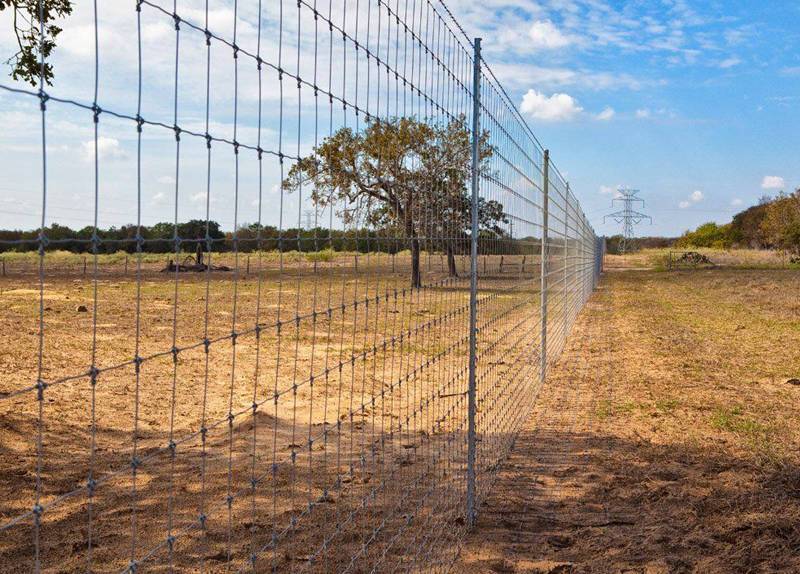
Understanding The Arid Environment
Arid regions are characterized by scarce vegetation, low humidity, high temperatures, and minimal rainfall. In such challenging environments.
Partnering with a seasoned fencing expert becomes crucial to ensure the durability and effectiveness of the fencing solution. Explore our fencing portfolio, a leading provider in arid region fencing, and understand the unique demands of these climates.
Their expertise in crafting solutions that withstand harsh conditions, coupled with a commitment to environmentally friendly practices, makes them an ideal choice for those seeking resilient fencing options.
Before making a decision, it’s advisable to consult with professionals who comprehend the intricacies of arid landscapes.
Climate And Weather Considerations
When installing fencing in arid environments, it’s vital to take into account the extreme climate and weather conditions.
Strong winds, intense heat, and occasional sandstorms can pose significant challenges to the durability and effectiveness of fencing.
Therefore, it’s important to choose fencing materials that can withstand these harsh conditions while providing the desired level of security and protection.
Soil And Terrain Analysis
Before selecting a fencing solution for an arid environment, conducting a thorough soil and terrain analysis is crucial.
The type of soil, rocky terrain, and potential erosion must all be considered when choosing the most suitable fencing option.
Different soil types may require specific installation techniques or materials to ensure the longevity and stability of the fence.
Environmental Impact Assessment
Selecting a fencing solution in arid environments requires an assessment of its environmental impact.
Considering the limited resources and the delicate balance of ecosystems in these regions, it’s essential to choose fencing materials and designs that minimize adverse effects on the environment.
Opting for sustainable materials and techniques can help reduce the ecological footprint of the fence while maintaining its functionality and security.
Selecting The Right Fencing Materials
Choosing the right fencing materials for arid environments is crucial to ensure long-term durability and effectiveness.
The harsh conditions of arid landscapes, characterized by high temperatures and minimal precipitation, require fencing that can withstand the elements while providing security and containment.
When selecting fencing materials for arid environments, it’s essential to consider options that are durable, weather-resistant, low-maintenance, cost-effective, and compatible with the specific requirements of the landscape.
Durable And Weather-resistant Options
Durable and weather-resistant fencing materials are paramount for withstanding the extreme conditions of arid environments.
Steel, aluminum, and composite materials such as vinyl and Fiberon are excellent choices due to their resilience against the harsh sun, high winds, and minimal precipitation.
These materials offer superior durability and are resistant to corrosion, rot, and warping, making them ideal for arid landscapes.
Low-maintenance And Cost-effective Selection
Opting for low-maintenance and cost-effective fencing materials can save both time and money in the long run.
Vinyl and aluminum fencing require minimal upkeep and are resistant to rust and corrosion, while providing a long lifespan, making them ideal for arid environments.
Moreover, the initial investment in these materials can be more cost-effective, considering their longevity and limited maintenance requirements.
Compatibility With Arid Landscape
Choosing fencing materials that are compatible with the arid landscape is essential to ensure they complement the environment while serving their purpose effectively.
Natural wood, such as cedar or redwood, can blend seamlessly with the arid surroundings while providing a classic and timeless aesthetic.
Additionally, synthetic materials like vinyl can be designed to mimic the look of wood, offering the benefits of low maintenance and longevity while harmonizing with the arid landscape.
Installation And Maintenance Best Practices
When installing and maintaining fencing in arid environments, it’s crucial to implement the proper techniques to ensure the longevity and effectiveness of the fencing system.
This includes efficient water management around the fence and adopting long-term maintenance strategies.
Let’s delve into the best practices for installation and maintenance in arid conditions.
Proper Installation Techniques In Arid Conditions
Proper installation of fencing in arid environments is essential for its durability and effectiveness. Here are some key techniques to consider:
- Selecting materials specifically designed to withstand arid conditions, such as powder-coated aluminum or vinyl fencing, can significantly improve longevity.
- Strategic placement of fence posts to ensure stability and resistance to shifting in dry, sandy soils.
- Utilizing concrete footings for additional support and durability in areas prone to extreme weather conditions.
- Implementing wind-resistant designs to minimize the impact of sandstorms and other harsh environmental factors.
Efficient Water Management Around Fencing
Effectively managing water around fencing can help mitigate the challenges posed by arid environments. It’s important to consider the following strategies:
- Implementing efficient irrigation systems to ensure the surrounding vegetation and soil remain healthy, providing stability for the fence.
- Utilizing drought-resistant plants and landscaping techniques to minimize water usage while maintaining an aesthetically pleasing environment around the fencing.
- Installing proper drainage systems to prevent water pooling, erosion, and damage to the fencing structure during infrequent rain events.
Long-term Maintenance Strategies
Implementing long-term maintenance strategies is crucial for preserving the integrity and functionality of fencing in arid environments. Consider the following approaches:
- Regular inspections and proactive repairs to address any signs of deterioration, including corrosion, fading, or structural damage.
- Application of protective coatings or sealants to mitigate the effects of prolonged sun exposure and extreme temperatures.
- Implementing a routine cleaning schedule to remove dust, debris, and other contaminants that can diminish the appearance and structural integrity of the fencing.
- Engaging in periodic resealing or re-staining of wood components to maintain their resilience against arid conditions.

Frequently Asked Questions
What Are The Best Fencing Materials For Arid Environments?
In arid environments, consider using materials like steel and vinyl for their durability and low maintenance.
How Can Fencing Help Preserve Water In Arid Environments?
Fencing can help prevent soil erosion, retain moisture, and protect fragile vegetation in arid regions.
What Fencing Design Is Suitable For High Winds In Arid Areas?
Opt for open-style fencing designs like chain link or wire mesh to allow wind to pass through and minimize damage.
Conclusion
Choosing the right fencing for arid environments is crucial for maintaining the security and aesthetics of your property.
By considering factors such as durability, material, and maintenance, you can ensure that your fence withstands the harsh conditions.
Consulting with professionals and researching local regulations will help you make an informed decision.


